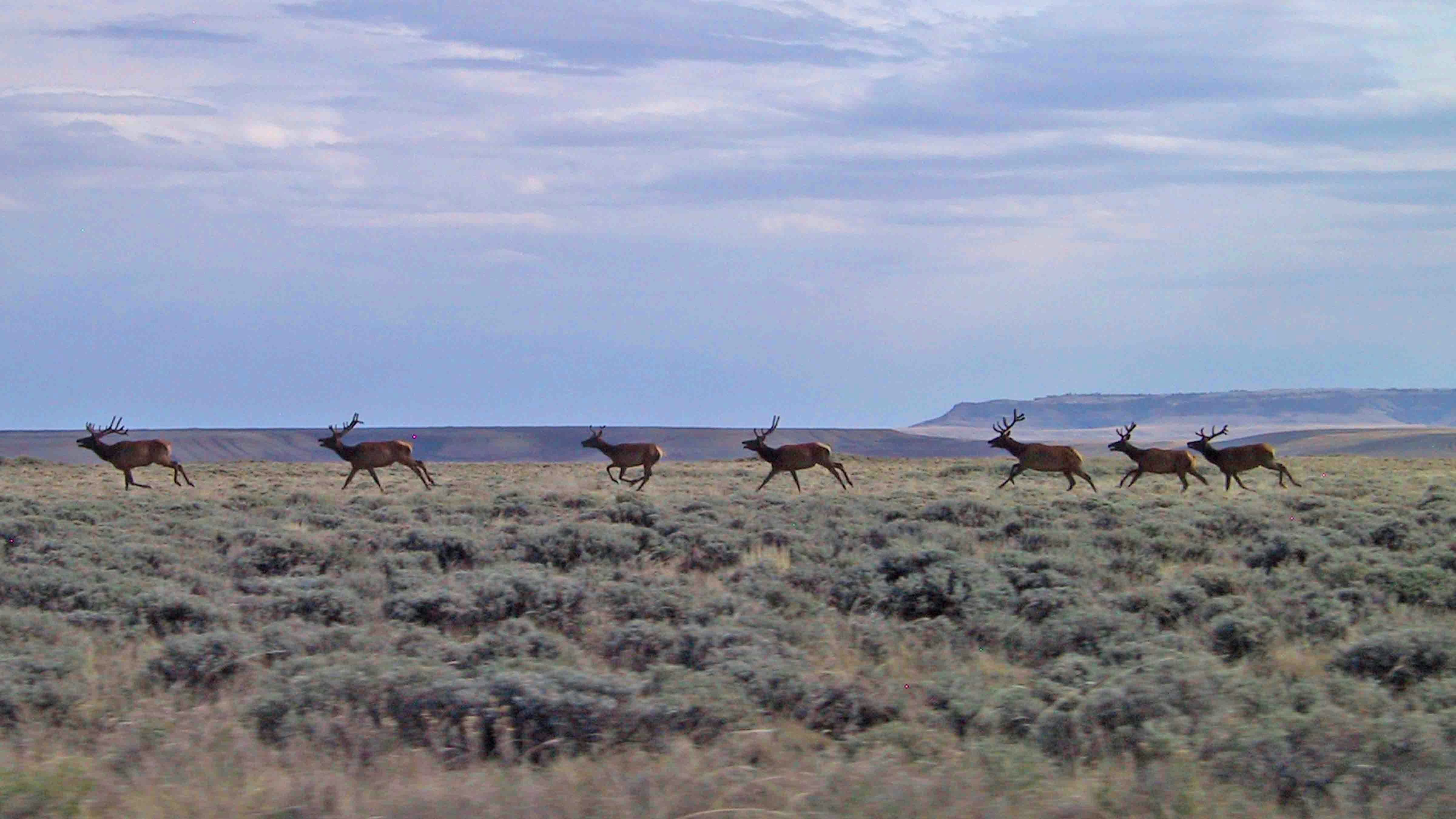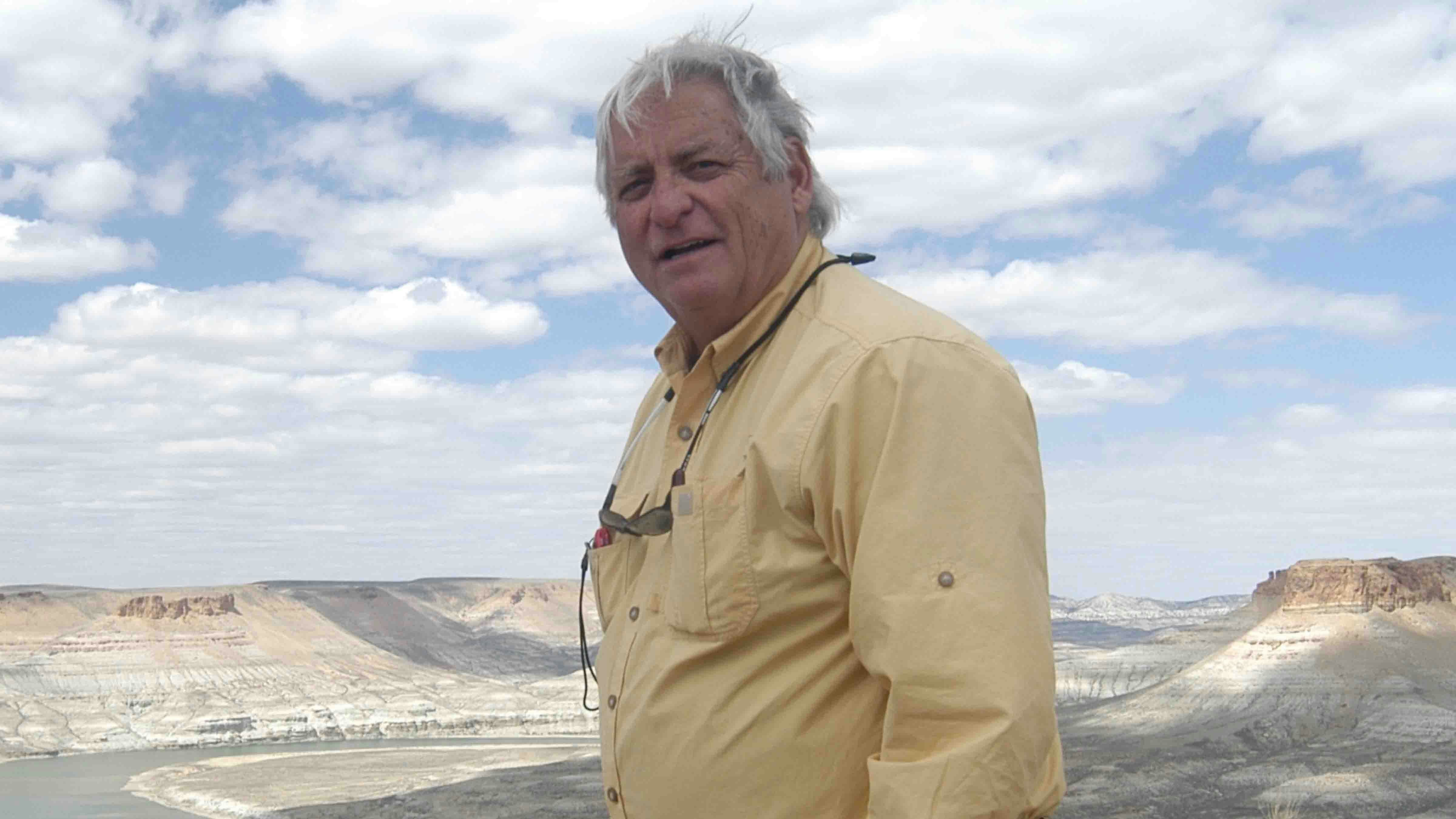Former Bureau of Land Management Director and Mountain States Legal Foundation lawyer William Perry Pendley recently criticized the proposed Rock Springs public land management plan, and he called for litigation because the conservation focus was, in his opinion, unconstitutional. Like his philosophical ally Cliven Bundy, Mr. Pendley has some serious delusions about the contents of the United States Constitution.
Bundy’s crackpot notions include an imaginary Constitutional prohibition on the federal government owning any federal land outside the District of Columbia or military bases, and a bizarre interpretation that the Treaty of Guadalupe Hidalgo, signed at the close of the Mexican-American War, somehow guaranteed that the federal government would never own any of the lands surrendered by Mexico. Bundy had his day in court – both state and federal – testing out these fanciful notions, and had them unceremoniously thrown out every time.
Pendley’s constitutional delusion, according to the Cowboy State Daily, is that Congress (rather than a presidential administration) “declares how this (Bureau) land will be used.”
In a basic Civics class, students learn that within the Executive Branch, the President is in charge of all federal agencies, including those that manage federal land. It is these agencies which write long-term land-use plans and manage permitting and allowable uses, not Congress.
Congress has the power of the purse strings, and funds (or sometimes de-funds or under-funds) federal agencies, so it can influence land management but rarely can dictate outcomes. As a former Bureau director himself, Pendley should be expected to have a better understanding of these basic principles of American governance.
When Pendley argues that Congress directs the Bureau’s management “for multiple use, not preservation,” he displays a galloping ignorance of what preservation means. Preservation would be designating the Rock Springs Field Office as a National Park, but this is an option beyond the Bureau’s authority to implement.
A real preservation alternative might include the close of all livestock grazing permits outside the checkerboard lands as their 10-year lease terms expire. It could designate all citizens’ proposed wilderness as Wilderness Study Areas under Section 2020 of FLPMA. It could close the entire Field Office to future oil and gas leasing, because multiple-use requirements would be satisfied by oil and gas production from existing leases currently being held by production until the oil and gas ran out.
It could designate the entire Field Office as Areas of Critical Environmental Concern. It could require the Bureau of Land Management to liquidate private checkerboard inholdings, by willing-seller purchase if possible or by exercise of eminent domain if necessary, to consolidate public and private lands and end the management nightmare and public access problems caused by the current fragmented state of land ownership. Pendley might not like it, but it would all be perfectly legal.
Pendley’s understanding of what “multiple use” actually means is likewise appallingly off-base. The Multiple Use – Sustained Yield Act was adopted in 1960 to govern the Forest Service. It was needed because the Forest Service had previously served almost exclusively the interests of exploitive industries – logging, most notoriously, but also livestock, mining, and oil and gas – while neglecting wildlife, watershed conservation, and public recreation.
As a result, old-growth forest habitats were disappearing and numerous forest species (like the spotted owl, Pacific fisher, and marbled murrelet) were sliding toward extinction. Congress ultimately stepped in and required the Forest Service to manage for multiple uses, including public recreation, and wildlife and fish. It was a major piece of environmental legislation, designed to rein in out-of-control industrial uses.
In 1976, Congress adopted a multiple-use mandate for the Bureau of Land Management in the Federal Land Policy and Management Act (or “FLPMA”). This law defined multiple use to mean managing for, in relevant part, “recreation, range, timber, minerals, watershed, wildlife and fish, and natural scenic, scientific and historical values; and harmonious and coordinated management of the various resources without permanent impairment of the productivity of the land.”
It doesn’t say the Bureau must allow every use on every acre; land-use plans are designed as zoning documents to prioritize different uses in different places.
The agency’s preferred alternative in the Rock Springs plan falls squarely within FLPMA’s multiple use mandate. It is a compromise between conservation and exploitation by profit-driven commercial interests.
It keeps 99.8% of the Field Office available for rent to private livestock ranchers, and fails to reduce the state-sanctioned overgrazing (50-65% annual forage utilization by cattle, allowing far too little forage to be left over for mule deer, desert elk, pygmy rabbits, and sage grouse).
It keeps all of the highest-producing oil and gas deposits open for future leasing, preventing a meaningful reduction in federal fluid mineral extraction from public lands. What, exactly, is Pendley’s problem?
After a century and a half of allowing the profit motives of private livestock, mining, and oil and gas interests to dictate land allocations in the Rock Springs Field Office, Biden’s Bureau proposes to prioritize more than half of the planning area for conservation. In doing so, it exercises the long-neglected legal mandate to provide for public recreation, watershed protection, wildlife and fish, and natural scenic, scientific and historical values alongside the three specified commercial uses. It’s the flip side of the multiple-use coin.
The Rock Springs Field Office contains some of Wyoming’s most outstanding conservation lands – potential wilderness, sage grouse habitats, designated wild horse areas, desert elk habitats, actively migrating dunes, iconic geologic features, irreplaceable Indigenous rock art – and these lands are long overdue for the kind of conservation attention that the agency’s Preferred Alternative applies.
The bottom line is, the Bureau of Land Management has broad discretion to prioritize conservation on public lands, just as it has prioritized commercial exploitation and land health degradation up to this point in time. Like the Constitution-waving, insurrectionist public land ranchers for whom Pendley has been an apologist and ally, Pendley should read the Constitution before spouting off about it in a public forum.
Meanwhile, if the State of Wyoming decides to take Pendley’s crackpot legal advice and file a legal challenge, we say: Bring it on. We’ll see you in court.
Erik Molvar is a wildlife biologist and Executive Director of Western Watersheds Project, a nonprofit conservation group working to protect and restore wildlife and watersheds across the American West. He is also author of the books Wild Wyoming and Wyoming’s Red Desert: A Photographic Journey, and has worked for more than two decades on protecting the Red Desert.





